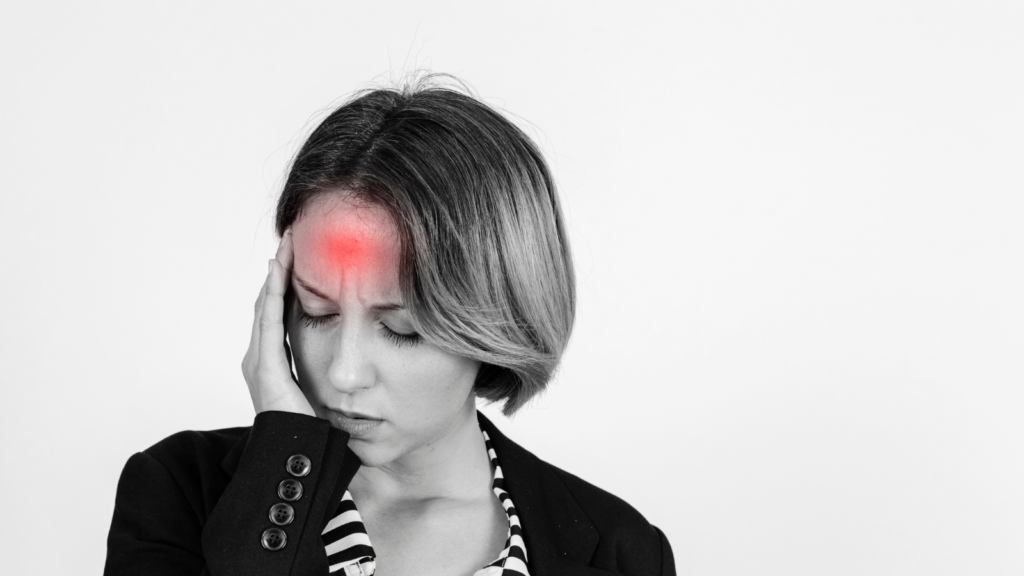Headaches and migraines are common neurological conditions that affect many people worldwide. A headache is a pain in any region of the head, which may occur on one or both sides, be isolated to a certain location, radiate across the head from one point, or have a viselike quality. Migraines, a subtype of headaches, are typically a severe, throbbing pain on one side of the head and can be accompanied by nausea, vomiting, and extreme sensitivity to light and sound.

Types of Headaches and Migraines
- Tension Headaches:
- The most common type of headache, characterized by mild to moderate pain, often described as feeling like a tight band around the head.
- Migraines:
- Intense, throbbing headaches often accompanied by nausea, vomiting, and sensitivity to light and sound. They can last for hours to days.
- Cluster Headaches:
- Severe, debilitating headaches that occur in clusters, typically around one eye or one side of the head, accompanied by nasal congestion and watery eyes.
- Sinus Headaches:
- Associated with sinus infection symptoms like fever, stuffy nose, cough, congestion, and facial pressure.
- Rebound Headaches:
- Caused by the overuse of headache medication. They may occur daily, often waking the sufferer in the early morning.
- Secondary Headaches:
- Result from another condition stimulating the pain-sensitive nerves of the head. Examples include ice cream headaches (cold stimulus headache), external compression headaches (due to pressure-causing headgear), and thunderclap headaches (sudden, extremely severe headaches often signaling a life-threatening condition).
Symptoms of Headaches and Migraines
- Tension Headaches: Dull, aching head pain; sensation of tightness or pressure across the forehead or on the sides and back of the head; tenderness on scalp, neck, and shoulder muscles.
- Migraines: Throbbing or pulsating pain on one side of the head; nausea or vomiting; sensitivity to light, sounds, and sometimes smells and touch; aura (visual disturbances such as flashes of light or blind spots, or other disturbances such as tingling in the face or hands) before the headache.
- Cluster Headaches: Intense burning or piercing pain behind or around one eye; redness, swelling, and tearing of the eye; restlessness.
Causes of Headaches and Migraines
- Tension Headaches: Stress, muscle strain, and anxiety.
- Migraines: Genetic factors, environmental triggers (such as stress, hormonal changes, bright or flashing lights, certain smells, smoke, sleeping patterns, physical activity, weather changes, medications, and certain foods).
- Cluster Headaches: Unknown, but alcohol, cigarettes, high altitudes, bright light, exertion, heat (hot weather, hot baths) can trigger cluster periods.
- Secondary Headaches: Underlying health issues like sinus infection, brain tumor, brain aneurysm, concussion, or high blood pressure.
Summary
Headaches and migraines represent a spectrum of head pain disorders, ranging from common tension headaches to more severe migraines and cluster headaches. Symptoms can vary widely, from mild, dull aches to severe, debilitating pain, and are often accompanied by other symptoms based on the headache type. The causes of headaches and migraines are multifaceted, including genetic predisposition, environmental triggers, and underlying health conditions. Understanding the type of headache or migraine is crucial for effective treatment, which may include medications, lifestyle adjustments, and addressing any underlying conditions.
